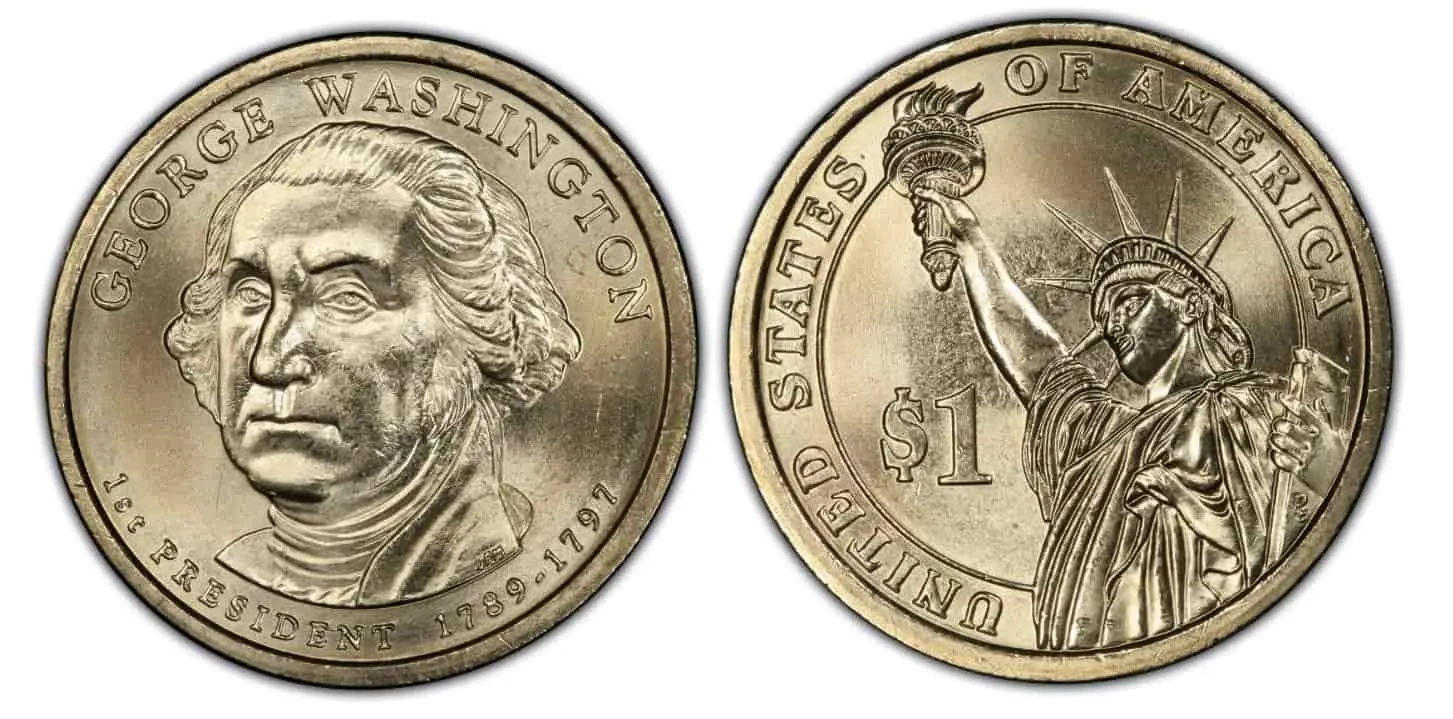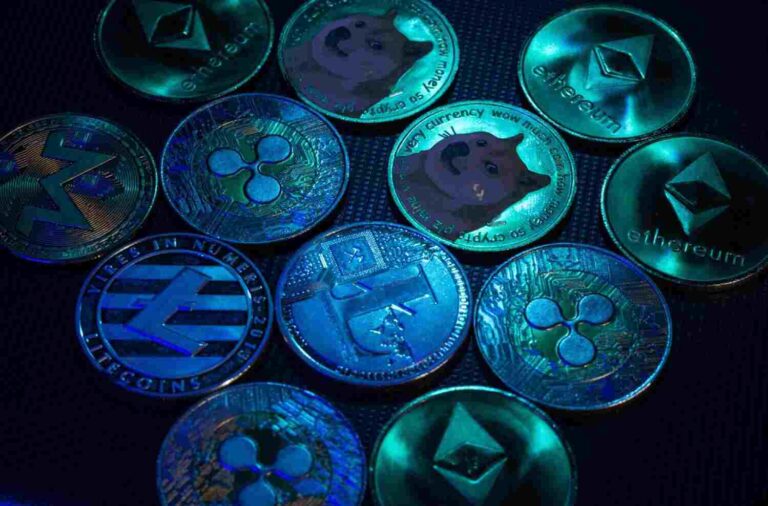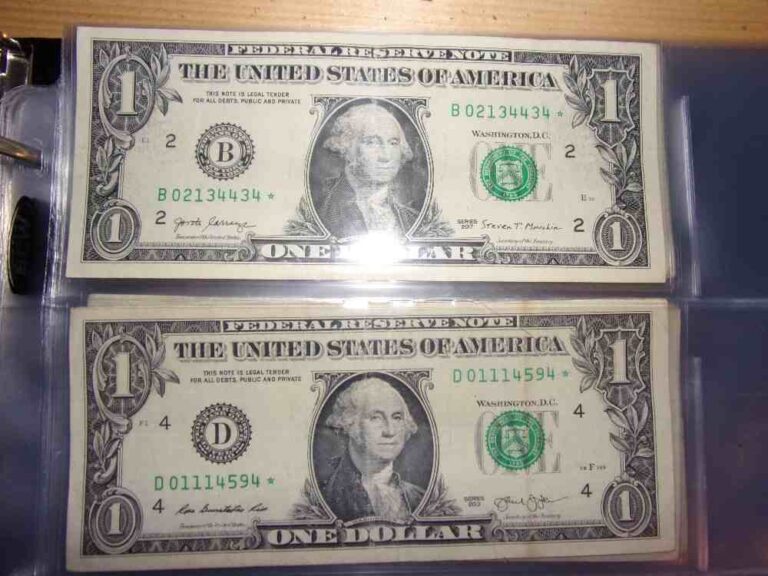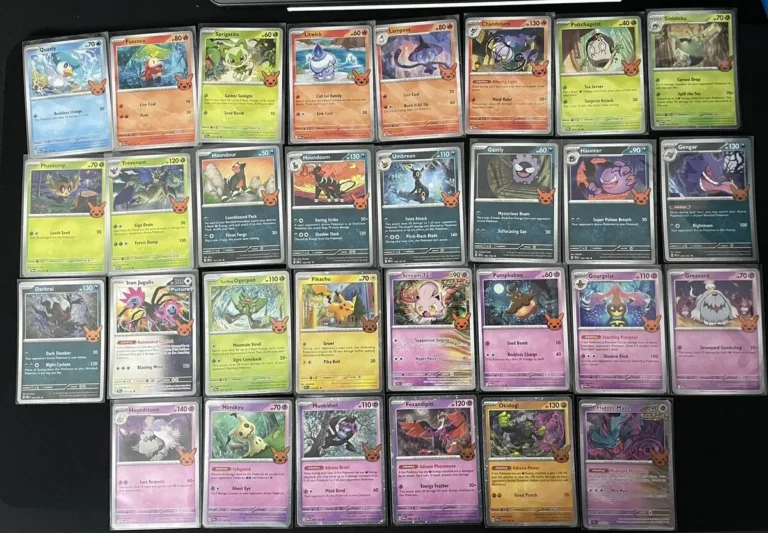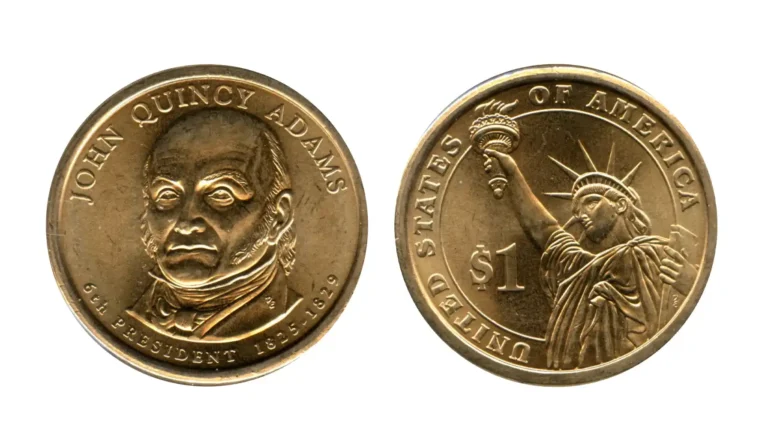George Washington Dollar Coin – Value, History & Tips
The George Washington dollar coin holds a special place in American history. As the first coin in the U.S. Mint’s Presidential Dollar Coin Program, it honors the nation’s first president while sparking curiosity among collectors and history buffs alike. Released in 2007, this golden-hued coin is more than pocket change—it’s a tangible link to America’s founding. Whether you’re a seasoned numismatist or just stumbled upon one in your change, this coin’s story is worth exploring. In this article, we’ll dive into its history, design, value, and why it’s a must-have for collectors, all while uncovering its cultural significance and the controversies that made headlines.
The Historical Significance of the George Washington Dollar Coin
George Washington’s Legacy on U.S. Coinage
George Washington, the revered leader of the American Revolution and the first U.S. President (1789–1797), is no stranger to American coins. His image graces the quarter, half dollar, and now the George Washington dollar coin. This coin, launched in 2007, marked the debut of the Presidential Dollar Coin Program, a series designed to celebrate U.S. presidents in order of their terms. Washington’s presence on the first coin underscores his foundational role in shaping the nation. His leadership during the Revolutionary War and his commitment to a unified government make him a fitting figure to kick off this numismatic tribute.
The Presidential Dollar Coin Program
The Presidential Dollar Coin Program, authorized by the Presidential $1 Coin Act of 2005, aimed to honor deceased U.S. presidents while promoting the use of dollar coins in everyday transactions. From 2007 to 2016, the U.S. Mint released four coins annually, each featuring a different president. The program’s goals were twofold: educate the public about America’s leaders and reduce reliance on paper dollars. The George Washington dollar coin, released on February 15, 2007, set the stage for the series. However, by 2011, low circulation led the Mint to produce these coins solely for collectors, a shift that reflects their niche appeal.
Design and Features of the George Washington Dollar Coin
Obverse and Reverse Design
The George Washington dollar coin is a visual masterpiece. The obverse, designed by Joseph Menna, features a striking portrait of Washington, facing left, with the inscriptions “George Washington” and “1st President 1789-1797.” The reverse, crafted by Don Everhart, showcases the Statue of Liberty, a design shared across the Presidential series, symbolizing freedom and unity. Made of manganese-brass, the coin has a distinctive golden color, setting it apart from traditional silver-toned coins. Its 26.5mm diameter and 2mm thickness make it slightly larger than a quarter, giving it a substantial feel.
Unique Edge Lettering
One of the coin’s standout features is its edge lettering, a rarity in modern U.S. coinage. The edge bears the inscriptions “E Pluribus Unum,” the year of minting, and the mint mark (P for Philadelphia or D for Denver). This design choice echoes early U.S. coins from the 1790s. However, some early coins lacked this lettering due to a minting error, earning them the nickname “Godless Dollars” because “In God We Trust” was initially included on the edge. These errors became a collector’s dream and sparked public debate, which we’ll explore later.
George Washington Coin Value and Rarity
Standard Coin Values
The George Washington dollar coin is relatively common, with the U.S. Mint producing 176,680,000 coins in Philadelphia and 163,680,000 in Denver. Circulated coins typically hold a value close to their $1 face value, while uncirculated coins in mint condition (graded MS60–MS65) can fetch $2–$5. For collectors, these coins are an affordable entry point into the Presidential series. According to recent market data from sites like eBay and Numista, high-grade uncirculated coins rarely exceed $10 unless they feature unique characteristics.
Rare George Washington Coins and Errors
The real treasures for collectors are the rare George Washington coins, particularly those with minting errors. The most famous is the “Missing Edge Lettering” error, where coins left the Mint without the edge inscriptions, including “In God We Trust.” Over 50,000 of these error coins have been certified by grading services like PCGS and NGC, with values ranging from $50 to $100 for coins in MS65–MS68 condition. Another sought-after error is the “Doubled Edge Lettering,” where inscriptions appear twice, often fetching similar premiums. For context, older Washington-related coins, like the 1792 silver dollar or 1800 Funeral Medal, are far rarer and can command thousands at auction, but the 2007 errors remain accessible to modern collectors.
Factors Influencing Coin Value
Several factors determine the George Washington coin value. Rarity, driven by errors or low-mintage varieties, is key. Condition also matters—coins graded MS65 or higher by PCGS or NGC are more valuable due to their pristine state. Market demand fluctuates, with error coins often seeing spikes in interest during major auctions. For example, Stack’s Bowers Galleries reported a 2007 Missing Edge Lettering coin selling for $85 in a 2023 auction. Professional grading ensures authenticity and maximizes value, so collectors should seek reputable dealers.
Collecting the George Washington Dollar Coin
Why Collectors Love Presidential Dollar Coins
The Presidential Dollar series, including the George Washington dollar coin, is a favorite among numismatists. Its educational value—each coin tells a president’s story—appeals to history enthusiasts. The series’ variety, with 39 presidents featured, offers a clear collecting goal. The George Washington coin is particularly popular as the first in the series, making it a cornerstone for new collectors. Its affordability, with most coins priced under $5, lowers the barrier to entry, while rare errors add excitement for seasoned collectors.
Tips for Starting a Coin Collection
Ready to start collecting? Focus on quality over quantity. Seek uncirculated or high-grade coins, ideally graded by PCGS or NGC. Error coins, like the Missing Edge Lettering variety, are great finds but require authentication. Buy from reputable sources, such as the U.S. Mint, coin shows, or dealers affiliated with the American Numismatic Association (ANA). Store coins in protective holders to preserve their condition. Resources like CoinWeek, the ANA website, and PCGS’s CoinFacts can guide you on values and trends. Check your change—you might find a George Washington dollar coin waiting to spark your collection!
Notable Sales and Auctions
Recent auctions highlight the coin’s collectible appeal. On eBay, MS65 George Washington dollar coins regularly sell for $5–$6.50, while error coins can reach $100 or more. The Peh Family Collection, auctioned by Stack’s Bowers in 2022, included a Missing Edge Lettering coin graded MS67 that sold for $120. Heritage Auctions reported a doubled edge lettering coin fetching $95 in 2024. These sales show that while standard coins are affordable, errors command higher prices, making them a smart investment for collectors.
The Cultural and Educational Impact of the Coin
Honoring America’s First President
The George Washington dollar coin celebrates more than just a president—it honors a legacy. Washington’s leadership in the Revolutionary War and his role in establishing a stable federal government set precedents that define the U.S. today. His decision to step down after two terms cemented the democratic principle of peaceful power transitions. By featuring Washington, the coin reminds us of his enduring influence, making it a powerful symbol for collectors and patriots alike.
The Coin as an Educational Tool
The Presidential Dollar Program was designed to spark curiosity about U.S. history. For kids and adults alike, the George Washington dollar coin offers a hands-on way to learn about America’s founding. The U.S. Mint’s “Mint for Kids” program promotes these coins as educational tools, encouraging young collectors to explore presidential history. Schools and museums often use the series to teach about leadership and governance, making the coin a bridge between numismatics and education.
Must Read About: Grow Wealth with Coyyn.com – Crypto, Coins & Finance Tools
Challenges and Controversies of the Presidential Dollar Program
Circulation Struggles
Despite its ambitious goals, the Presidential Dollar Program struggled to gain traction. The George Washington dollar coin, like others in the series, faced resistance from a public accustomed to paper dollars. By 2011, over a billion uncirculated $1 coins were stockpiled, prompting the U.S. Mint to halt production for circulation and focus on collector sets. This shift highlights the coin’s niche appeal—more collectible than practical—but it remains a beloved piece for numismatists.
The “Godless Dollar” Controversy
The Missing Edge Lettering error caused a stir when the George Washington dollar coin debuted. Some coins lacked the edge inscription “In God We Trust,” leading to public outcry and the nickname “Godless Dollar.” Critics, including some lawmakers, argued the omission was disrespectful. The U.S. Mint clarified it was an error, not intentional, and Congress later mandated moving “In God We Trust” to the coin’s face starting in 2009. This controversy boosted the coin’s visibility and made error coins instant collector’s items.
Comparing the George Washington Dollar Coin to Other Washington Coins
Early Washington Coins (1789–1797)
Coins from Washington’s era, like the 1792 silver dollar or 1789 inaugural medals, are numismatic treasures. These pieces, often valued at $10,000 or more at auction, reflect the early days of U.S. coinage. Unlike the mass-produced 2007 dollar coin, these early coins are rare and tied to Washington’s presidency, making them a stark contrast to the accessible modern version. Their historical significance adds depth to the George Washington coin legacy.
Other Commemorative Washington Coins
Washington has appeared on other commemorative coins, like the 1982 George Washington Half Dollar, marking his 250th birthday, and the 1951–1954 Washington-Carver Half Dollar, honoring both Washington and civil rights pioneer George Washington Carver. These coins, valued at $10–$50 in high grades, appeal to collectors for their historical context. The 2007 dollar coin, while more modern, continues this tradition of celebrating Washington’s contributions.
The George Washington dollar coin is more than a piece of currency—it’s a window into America’s past. From its role as the first coin in the Presidential Dollar Program to its collectible errors, it captivates historians and numismatists alike. Whether you’re drawn to its historical significance, affordable value, or the thrill of finding a rare error, this coin is a great starting point for any collection. Check your change, visit a coin show, or explore reputable dealers to start your journey. George Washington’s legacy lives on, one dollar at a time.
FAQs – George Washington Dollar Coin
1. What materials are used in the George Washington dollar coin, and are they environmentally friendly?
The coin is made of a manganese-brass alloy (88.5% copper, 6% zinc, 3.5% manganese, 2% nickel) over a copper core. While durable, the mining and production processes for these metals can have environmental impacts. The U.S. Mint has explored recycling initiatives, but specific eco-friendly measures for this coin are not widely documented.
2. How does the George Washington dollar coin compare to other countries’ presidential or leader-themed coins?
Unlike many countries (e.g., Canada’s loonie or the UK’s pound coins), the U.S. dollar coin features rotating presidential portraits rather than a single monarch or leader. The George Washington coin’s frequent release (millions minted) contrasts with limited-edition leader coins in other nations, making it more accessible but less exclusive.
3. Can the George Washington dollar coin be used in vending machines or public transit?
Yes, it’s legal tender and designed for circulation, but many vending machines and transit systems in 2025 still favor quarters or digital payments. Some modern machines accept dollar coins, especially in urban areas, but compatibility varies due to the coin’s thicker profile compared to quarters.
4. Are there any special editions of the George Washington dollar coin for specific events?
The U.S. Mint issued standard and proof versions but no event-specific editions for the George Washington coin. However, collectors can find special packaging, like First Day Covers or Coin and Currency Sets, which pair the coin with commemorative items for added appeal.
5. How has the George Washington dollar coin influenced modern coin design trends?
Its edge lettering inspired similar features in later U.S. coins, like the Native American $1 Coin series. The coin’s golden color also aligned with global trends toward bimetallic or colored coins, enhancing visual appeal and anti-counterfeiting measures.
6. What security features protect the George Washington dollar coin from counterfeiting?
The coin includes edge lettering and a unique manganese-brass composition, which are harder to replicate. Its precise weight (8.1 grams) and electromagnetic signature help machines detect fakes, though counterfeiting is rare due to the coin’s low circulation value.
7. Are there any international markets where the George Washington dollar coin is particularly popular?
Collectors in Europe and Asia, particularly in Japan and Germany, show interest in U.S. presidential coins due to their historical themes. Auction data from 2024 indicates growing demand in international numismatic markets, especially for error coins.
8. How do I clean or preserve a George Washington dollar coin without damaging it?
Avoid cleaning, as it can reduce value. Store coins in acid-free holders or albums, keep them in a cool, dry place, and handle them by the edges with clean hands or gloves to prevent oil and dirt damage. Consult a professional for tarnished coins.
9. What role did public feedback play in the design of the George Washington dollar coin?
The U.S. Mint consulted with the Citizens Coinage Advisory Committee and gathered public input to finalize the design. While specific feedback on the Washington coin is not public, the program’s focus on educational themes reflects broader public interest in historical representation.
10. Are there any mobile apps or tools for tracking the value of my George Washington dollar coin?
Apps like PCGS CoinFacts, NGC Coin Explorer, and Numista offer real-time value tracking and grading info. These tools let collectors scan coins, check auction prices, and connect with marketplaces to monitor trends for the George Washington coin.

